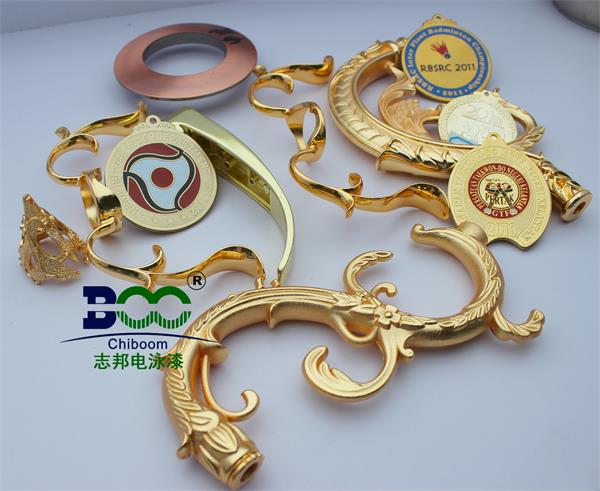Removal Methods of Electrophoretic Paint
Electrophoretic paint, as an efficient and environmentally friendly surface coating technology, is widely used in various fields such as automobiles, home appliances, and hardware. However, in some cases, we need to remove the electrophoretic paint that has been coated on the surface of workpieces, such as for repainting, repairing damage, or recycling. This article will introduce several common removal methods of electrophoretic paint and discuss their advantages and disadvantages.
1. Removal by Concentrated Sulfuric Acid
Concentrated sulfuric acid is a commonly used method for removing electrophoretic paint. Due to its strong corrosion, it can effectively remove the electrophoretic paint coating on the surface of workpieces. In practical operation, the workpiece is usually immersed in concentrated sulfuric acid, and heating can accelerate the removal process. However, it should be noted that the use of concentrated sulfuric acid poses extremely high safety risks. Operations must be carried out with caution, under the supervision of specially-assigned personnel, and with good ventilation conditions. Additionally, due to increasingly stringent environmental requirements, concentrated sulfuric acid has been banned for use in some areas.

2. Removal by Organic Solvents
The removal method using organic solvents involves soaking the electrophoretic paint in ketones, alcohols, acetic acids, and other organic solvents, causing the alkyd resins, epoxy resins, and other components in the electrophoretic paint to dissolve and thus making the coating fall off. This method is relatively mild but requires a longer soaking time and higher costs. Meanwhile, the volatility, flammability, and health hazards of organic solvents limit their widespread application in industrial production.
3. Removal by Special Paint Strippers
Special paint strippers are chemical reagents specifically designed for removing electrophoretic paint. They are mainly composed of aromatic compounds and high-solvency solvents, exhibiting strong paint film dissolution capabilities. Using special paint strippers can quickly remove the electrophoretic paint on the surface of workpieces, and they are suitable for a wide range of coatings. However, the odor of paint strippers is usually very pungent, posing a threat to the health of operators. Additionally, the price of paint strippers is relatively high, increasing production costs.
4. Mechanical Removal Methods
Mechanical removal methods include steel filing, burning, shot blasting, and other techniques. The steel filing method is environmentally friendly and saves material, but it requires a lot of manual operation and can easily damage workpieces. The burning method involves burning off organic materials with an open flame and then cleaning with steel brushes or water guns. However, this method is time-consuming and costly, and requires continuous burning, causing some environmental pollution. Shot blasting uses a shot blasting machine to remove the electrophoretic paint from the surface of workpieces. This method provides clean paint removal and is beneficial for quality management, but it is only suitable for rough products. It is not suitable for products with high appearance smoothness requirements or precision parts.
In summary, there are various methods for removing electrophoretic paint, each with its own advantages and disadvantages. When choosing a removal method, factors such as the material of the workpiece, the type of coating, removal requirements, and cost must be considered comprehensively. Meanwhile, regardless of the method chosen, it is necessary to strictly adhere to safety operating procedures to ensure the safety of operators and environmental protection.





 WeChat
WeChat